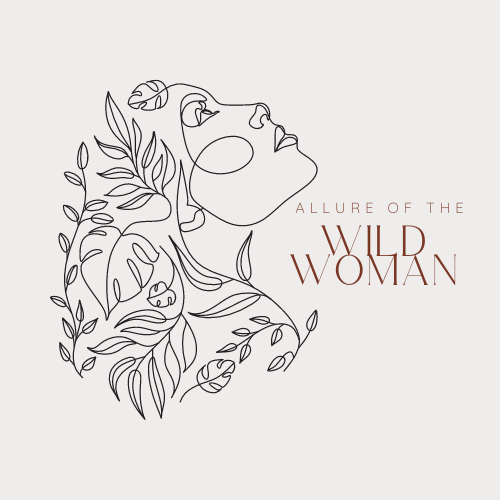If Hair Could Talk - Sofia Coppola
Let’s talk hair in Sofia Coppola films!
Not only does she manage to create beautifully stylized films with iconic production design, she is able to use her design choices to reflect her characters and their journey. In her newest film Priscilla, we watch Priscilla change and adapt her style for Elvis, and her hair is one of the most important aspects of that change. In Marie Antoinette, we see these elaborate and extravagant hairdos at the beginning devolve by the end of the film as Marie herself does the same. In The Virgin Suicides, we see young girls with simple hair and makeup who are incredibly unhappy, yet forced to keep up appearances for their parent’s sake. Each film has incredibly different plots and protagonists, yet Sofia Coppola’s eye for detail when it comes to aesthetics can be viewed in all three.
In Priscilla, a film based on Priscilla Presley’s memoir, we follow Priscilla from age 14 to 28 and watch the transformation she embarks for Elvis and then eventually herself. At the beginning of the film, she is a fresh-faced schoolgirl who wears her hair naturally. After she meets Elvis, we see the first signs of change in her hairstyle, which becomes the iconic beehive we associate with her. She starts wearing heavier eye makeup and while this may seem like a normal transition a teenage girl makes as she starts to grow up and become interested in self care, we start to recognize this as a control tactic by Elvis when he tells her to dye her hair black. One of the most iconic scenes in the film is a getting ready montage with Priscilla putting on strip lashes, eyeliner and lots of hairspray. While normally getting ready montages have a fun, peppy feel in films, this one had a very melancholy feel to it. By the end of the film, when Prisiclla makes the decision to leave Elvis, we see her with her long hair down and dyed her natural color again, with light makeup. Sofia Coppola and the makeup and hair team did an amazing job of using Prisiclla’s look to correspond with the status of her relationship with Elvis. Some predict the release of this movie will mean the comeback of the more structured beehive style…guess we will see in 2024! Sofia can definitely be a trendsetter as we have seen in the other films we’re discussing as well.
In Marie Antoinette, Marie starts the film as the young fiancé of the next in line prince of France and ends the film as the condemned queen of France who is forced to flee. Throughout these 2 hours we watch her transform from a young girl to a spoiled, beloved queen to a sad mother who believes the best parts of her life to be behind her. Her look changes to match each of these eras perfectly. As a young fiance, she wears her hair down with a small braid, very child-like with natural makeup. Soon, we start to see her hair and outfits to become more and more extravagant. She wears complex curled updos, oftentimes with feathers or flowers added in along with gorgeous gowns with many layers of silk and tulle. The more extravagant her lifestyle gets, the higher we see her updo go, with more feathers and accessories added in. This helps to represent her turn to material items to fulfill herself outside of her marriage and duties. By the end of the film, we start to see how resented she becomes for her extravagance as the people of France are facing poverty and famine. It takes her being completely ignored at an opera to realize she has lost the love of the public and this signifies a shift in her style once again. She is only seen in black and muted colors, with her hairstyles almost as simple as they were at the beginning of the film. The production design in this film does such an amazing job at correlating the ingenue meeting her lover who falls short to her expectations, and I think Marie Antoinette’s hair is a huge part of this. Sofia seems to be drawn to the young female characters who are disenchanted by their reality, and the use of music, atmosphere and set design really drive this home in this film.
The Virgin Suicides follows five young girls who live a very sheltered, controled life with conservative parents. The girls are desperate for normal interaction with boys their age and are looking for any escape outside of their strict household. While the girls do not have similar character arcs to Marie and Priscilla, they do get more and more desperate as the film goes on. Their appearance does not always reflect this, with the girls still keeping their youthful glows and simple hairstyles. I think this helps show that no matter how miserable they are in their house, they are still expected to look put together and presentable. It could also be a reflection on the male narrators, whose memories are what create the story and their views on the girls are fairly biased. They seem to put the girls on a pedestal for their looks and grow more interested in the girls the more isolated they become. The simple hair and wardrobe for this film reflects the story just as much as Priscilla and Marie Antoinette do, just in different ways. One could say the untouched nature of the their looks juxtaposed to the inner turmoil, and only adds to the eerie toxicity of the story.
While we’re all main characters of our stories don’t forget the ability to tell a story with your hair or style is not reserved for just those on the big screen. You should feel your own personality in whatever hair color or style you choose. Let’s all learn from Priscilla and not let anyone tell you what that is.

